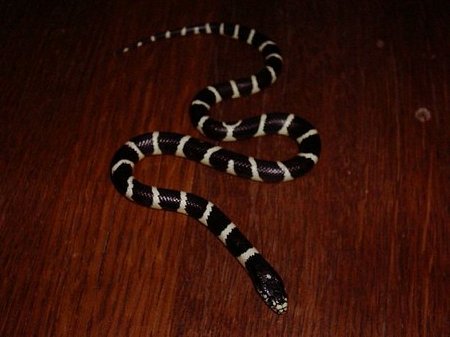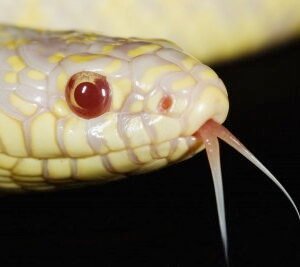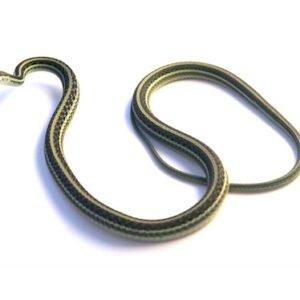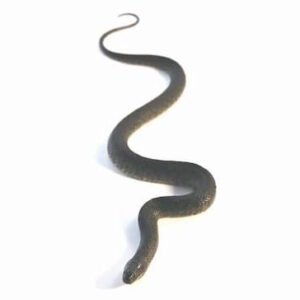Physical Characteristics and Behavior
The banded black and white California kingsnake (Lampropeltis getula californiae) is renowned for its striking appearance and distinctive coloration. This non-venomous snake typically displays a pattern of alternating black and white bands, which can range in number and size, providing an eye-catching contrast that captivates herpetologists and reptile enthusiasts alike. Adults usually attain a length of around 3 to 4 feet, but certain individuals may exceed this average, reaching lengths of up to 6 feet. Their slender bodies are well-adapted for both climbing and burrowing, enabling them to thrive in various environments, including grasslands, woodlands, and semi-arid regions.
In the wild, the California kingsnake exhibits a variety of fascinating behaviors. Primarily, they are diurnal, meaning they are active during the day, making them easier to observe during their foraging activities. Their diet primarily consists of small mammals, birds, and other reptiles, and they are notorious for their ability to consume venomous snakes, including rattlesnakes, by using their constriction technique. This predatory behavior not only showcases their adaptability but also plays a crucial role in controlling the populations of their prey species.
Socially, California kingsnakes are generally solitary except during the breeding season, which occurs in the spring. During this time, males will engage in intricate courtship displays, which may include following, nudging, and even wrestling with one another to gain the attention of potential mates. Their behavior and physical attributes significantly enhance their ability to survive and thrive in their habitat, where they utilize their coloration for camouflage and their behavior to effectively navigate their ecological niche.
Habitat and Conservation Status
The banded black and white California kingsnake (Lampropeltis getula californiae) is a striking species known for its distinctive coloration and behavioral patterns. This snake predominantly inhabits a range of ecosystems throughout California, including grasslands, woodlands, and even semi-arid regions. These habitats provide ample cover and access to various prey, such as rodents and other small animals, essential for the kingsnake’s survival. Within this diverse geographical range, the banded black and white California kingsnake demonstrates adaptability, often thriving in urban landscapes where natural habitat fragmentation has occurred.
Despite its resilience, the California kingsnake faces multiple threats that jeopardize its populations. One of the most significant challenges is habitat loss, primarily due to urban development and agricultural expansion. As these landscapes transform, the availability of shelter and hunting grounds diminishes, leading to increased competition and decreased reproductive success for the species. Climate change further exacerbates these issues, as shifting weather patterns can disrupt the delicate balance of ecosystems that the kingsnake relies upon. Rising temperatures and altered precipitation patterns may render certain habitats unsuitable for both the snakes and their prey.
In light of these threats, various conservation efforts have been initiated to protect the banded black and white California kingsnake and its habitats. Organizations and wildlife agencies are working together to promote land management practices that support habitat restoration and preservation. Such strategies include creating wildlife corridors that connect fragmented habitats, enabling safe passage for these snakes to find food and mates. Public awareness campaigns also play a crucial role in promoting coexistence with local wildlife, helping mitigate human-induced threats. It is imperative that these conservation measures continue to evolve in response to emerging challenges, ensuring the survival of this fascinating snake species in its natural environment.





